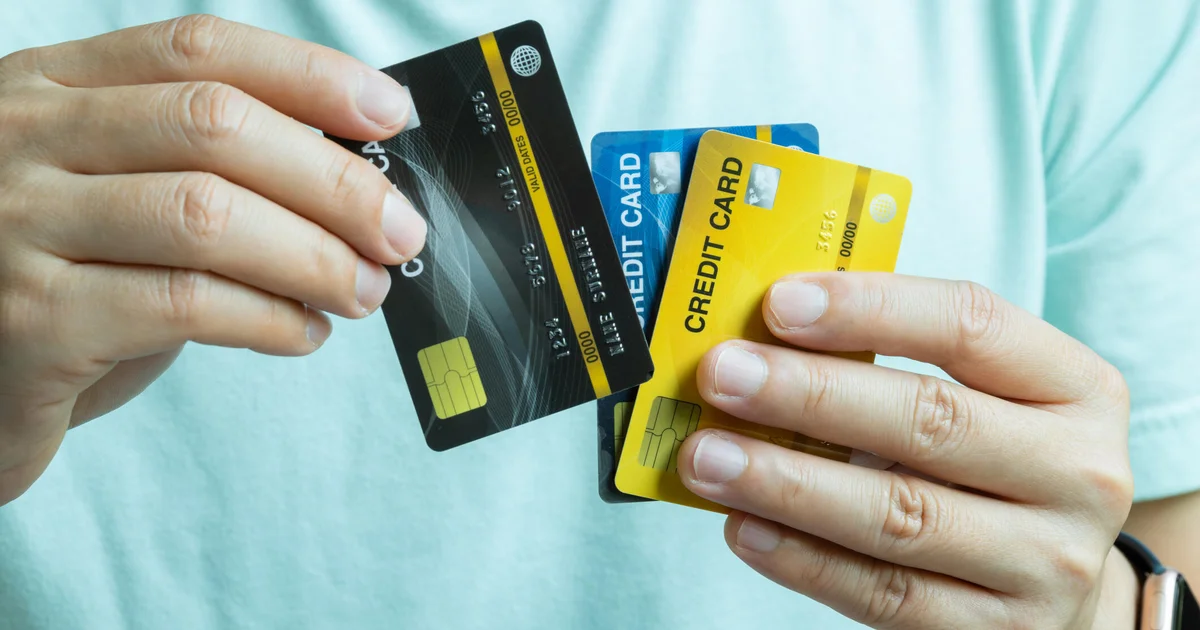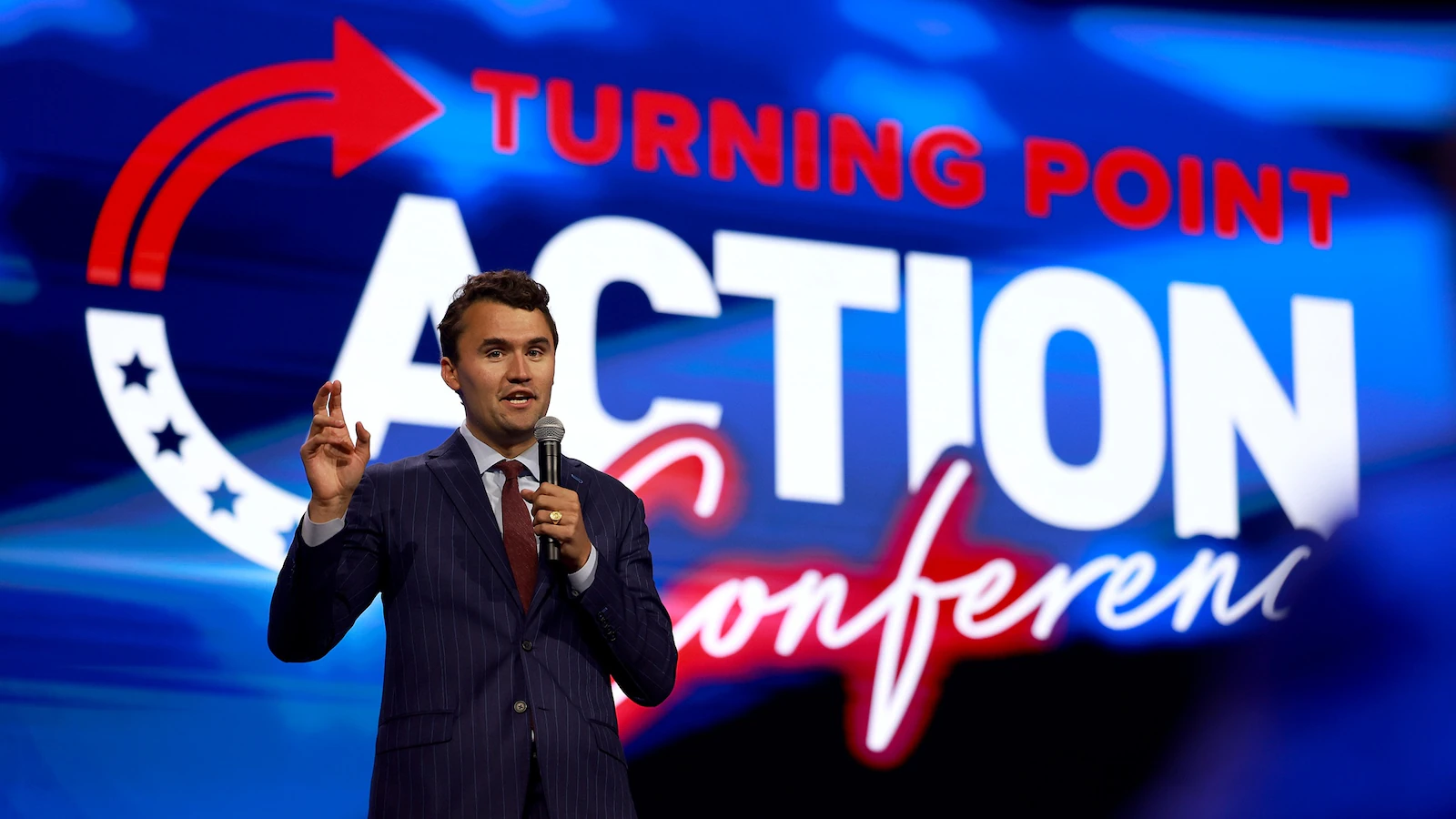
Managing multiple debts at once is rarely a simple task, but doing so has become even more complicated in today’s tough economic environment. Elevated interest rates, higher everyday costs and the lingering impact of inflation have left many borrowers with tighter budgets and less room for error. After all, even small changes in financial conditions can affect how quickly borrowers can chip away at what they owe, especially for those juggling credit cards, personal loans and other obligations.
The challenge isn’t just paying off the balances themselves, either. It’s keeping up with several due dates, different interest rates and competing priorities at once. Case in point? Missing even one payment can trigger late fees or credit score damage, and paying only the minimum can leave you in debt far longer than expected. That’s why finding an effective way to pay down multiple debts at the same time has become a crucial component of dealing with your debt.
Fortunately, there are structured ways to pay down multiple debts at the same time. How exactly can you do that, though, and what are the best approaches to take?
Learn more about the strategies you can use to tackle your debt now.
What are the best ways to pay off multiple debts at once?
When you’re dealing with multiple debts, having a clear strategy can make the difference between years of struggle and a manageable path to freedom. Here are a few effective approaches that can help you pay off multiple debts more efficiently:
Use the debt snowball method
When you use the debt snowball method, the goal is to focus on paying off the smallest balance first, regardless of the interest rate, while maintaining your minimum payments on other debts. After you’ve eliminated the smallest debt, you roll that payment into the next smallest balance, building momentum until everything is paid off. This approach provides psychological wins early on in the debt repayment process, which can help you stay motivated throughout the debt payoff journey.
Find out more about the debt relief help that’s available to you.
Try the debt avalanche method
This mathematically optimal approach is all about saving money on interest. Rather than targeting small balances like you would with the snowball method, you direct your extra funds to the debt with the highest interest rate while paying the minimum on the rest of your debt. Over time, you’ll pay less in interest charges and shorten the repayment timeline. Once the highest-rate debt is paid off, you move to the debt with the next-highest rate, and so on. In turn, the avalanche may take longer to feel rewarding, but it’s also the most cost-effective.
Use balance transfer credit cards
If most of your debt is on credit cards, moving that debt to a balance transfer card with a 0% introductory APR can buy you time to pay down what’s owed without interest piling up. These types of offers vary from one card issuer to the next, but can last 12 to 21 months (or more in some cases), offering you time to tackle your balance without extra interest charges. That said, a balance transfer fee of 3% to 5% generally applies. However, the savings can be substantial if you’re disciplined about repaying what’s owed before the promotional period ends.
Consider a debt consolidation loan
If you’re juggling several high-rate debts, a debt consolidation loan may simplify things. When you consolidate your debt, the goal is to roll multiple debts into a single loan with a lower interest rate. By taking this approach, you’ll only have one due date to keep track of, and you could save significantly on interest charges if you qualify for a competitive rate. Note, though, that this approach works best when you can qualify for a rate that’s lower than the weighted average of your current debts, and when you have the discipline not to rack up new debt on the accounts you’ve paid off.
Explore a debt management plan
Another option that may be worth considering is working with a credit counseling agency to create a debt management plan that bundles your unsecured debts into a single monthly obligation. As part of this process, the credit counselor negotiates with your creditors to try and lower interest rates or waive fees, and you repay your debts in full over three to five years. This approach won’t reduce the principal you owe, but it can make repayment more manageable by reducing the amount of interest you owe, and the structured approach can be a smart way to keep yourself on track.
Look into debt settlement
For those facing genuine financial hardship, debt settlement could be a strategy worth considering. With this approach, which can be done either on your own or with the help of a debt relief company, the goal is to settle with your creditors and pay less than the full balance owed in return for a lump sum payment (or a short-term repayment plan) on the account. If successful, this approach can significantly reduce your debt burden, but it also impacts your credit score and may have tax implications, as forgiven debt is often considered taxable income. So, this approach should typically be considered when other options aren’t viable.
The bottom line
Successfully paying off multiple debts requires a strategy that aligns with both your financial situation and your personality. If you’re motivated by quick wins, the debt snowball might keep you on track. If you want to minimize interest costs, the debt avalanche or consolidation options could be better choices. For those struggling to manage payments, a debt management plan provides structure and guidance, and your other options, like debt settlement, could offer even more relief in the right scenario. Ultimately, though, the most important factor in any debt payoff strategy is consistency. So, whichever method you choose, commit to it fully and avoid taking on new debt while you’re working toward your goal.



